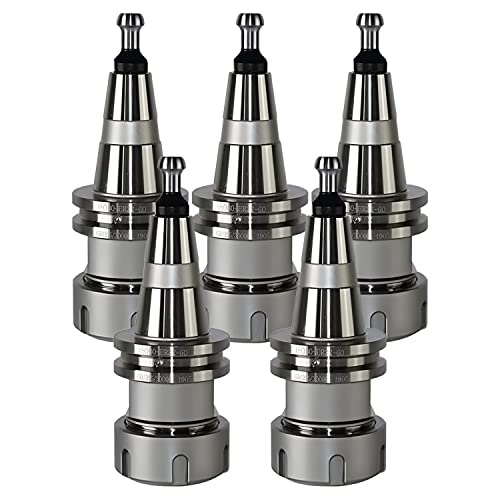The logic behind segmented coils is to keep down the potential difference between windings.
Let's say we want 20kV off 20000 turns over ten layers - so that's 2kV per layer - if we wind one layer
perfectly (good luck with that) over the other by the time we get back to the beginning of the first layer then we have a 4000V difference - wire lacquer isn't going to cut it.
In above example the anypoint difference between two layers will be 4000V. And that's if you wind it perfectly - if you hand wind on a lathe, you might end up with two wires crossing from as far as 5 layers apart - 10000V difference (or worse) ARRGGHHHH !
You can add inter-layer insulation sheets or use DCC (Double Coated Cotton) wire to increase the anypoint interlayer insulation resistance and / or by segmenting the coils into a series of short in series coils.
So if we only wind one tenth of the length per segment as a series of 10 segmented coils of 200V per layer giving an anypoint difference between layers of 400V vs 4000V = more segments less voltage needs insulating.
It doesn't use any more wire but does occupy a slightly greater length in the inter segment divider insulation.
Apologies if I'm teaching you to suck eggs - but others might like to know the logic behind it.
Double coated cotton provides more gap between windings and is usually vacuum impregnated with lacquer - such as GE Glyptal - and cured before use - the cotton (usually Dacron) merely provides the latticework for the lacquer rather than insulation
per-se.
Example:
My drawing for a 120kVA 200kHz induction heater feedback choke.
Regards, Ken I

















![DreamPlan Home Design and Landscaping Software Free for Windows [PC Download]](https://m.media-amazon.com/images/I/51kvZH2dVLL._SL500_.jpg)














































![TurboCAD 2020 Designer [PC Download]](https://m.media-amazon.com/images/I/51UKfAHH1LL._SL500_.jpg)




